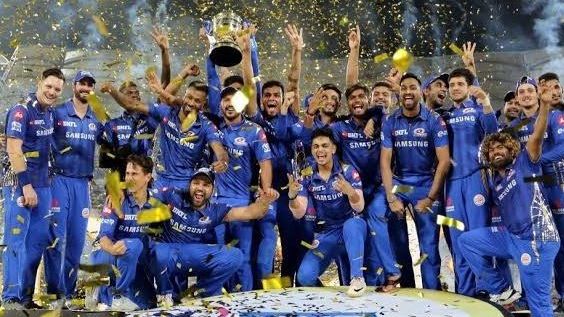Syed Mushtaq Ali Trophy: The nursery that provides T20 stars to Indian cricket
Come 10th of January and with the start of the Syed Mushtaq Ali Trophy the Indian domestic cricket would be once again up and running after a long covid-19 hiatus. 38 teams representing various Indian regions would battle it out for the prestigious T20 crown in matches that would be held as far-flung as Chennai and Kolkata. In total six cities will host the group stages of the tournament before the bandwagon moves to the largest Indian stadium Motera for the knockout games.
It is not for nothing that this tournament was chosen for starting the curtailed domestic season. In a short span of just 12 seasons since its inauguration in 2006-07 (it wasn’t played in the 2007/08 and 2008/09 seasons) the shortest format tourney has carved a niche for itself. Stars like Krunal Pandya, Ishan Kishan, and Suryakumar Yadav, who stole the show at this year’s IPL will be showcasing their skills at this tournament. However, all eyes would be fixed on S. Sreesanth, the Indian fast bowler who is making a comeback in competitive cricket after seven long years.
Why is it called Syed Mushtaq Ali Trophy?
As it has been a tradition in Indian cricket of naming trophies after the greats, this was also renamed after being started as an Inter-State zonal tournament where teams first competed with teams of their zone and then the zonal winners and runners up would be divided into two group and the group winners would compete with each other in the finals.
The tournament was halted for two years with the launch of the Indian Premier League as the premium domestic T20 tournament. However, in 2009, the Board of Control for Cricket in India decided to bring the trophy back and renamed it after one of the most stylish and aggressive Indian batsmen Syed Mushtaq Ali, who represented the country in 11 Test only, mainly due to the fact that when he was in his prime, precious years were lost to World War-2.
Starting his career in 1936, he played the last game in 1952. In the domestic circuit though, the legend played more than 200 games and scored more than 13,000 runs, and picked 162 wickets.
The changing nature of the tournament
After being repackaged in 2009, the tournament has seen a fair bit of tweaking in its format. Initially started as an inter-state zonal series, with two stages of the competition, the zonal group stage and the final group stage, it was changed into two different stages of Zonal group stage and Knockouts in the year 2009. This continued till the 2011-12 season.
With the start of the 2012-13 season, the knockout system was replaced with the Super League stage where the zonal winners and runners-up were redrawn into two groups and the winners of each group then competed in a final. Even this format couldn’t sustain its viability and the apex cricketing body in India decided to change the format once again in 2015-16 seasons and instead of making teams compete on a zonal basis, they were drawn into four groups. The two teams from those four groups were then again re-drawn into two further groups with this stage being called the Super League stage.
As if its structure hasn’t already been twisted enough, the BCCI came with a totally different plan in the very next season where after the zonal stage competition ended, combined zonal teams played in the Super League instead of the zonal winners. The winner and runner-up in this tournament were now decided on the basis of points, instead of a final being played to determine the winner.
As expected, this did not last post the season and the old format of teams first competing on a zonal basis and then participating in two groups in a Super League was reinstated for the 2017-18 tournament.
Though previously it was the BCCI that was adventurous with the structure of the tournament, this time around the Supreme Court and Lodha Committee decided to play the ball. With the court asking the board to make sure that each state and union territory was represented in the domestic competitions of the BCCI, a total of 37 teams participated in the 2018-19 season of the Syed Mushtaq Ali Trophy.
The teams, instead of being divided into zones were divided into five groups with three groups having seven teams and two groups having eight teams. At the Super League stage, the top two teams from each group were divided into two groups and the winners then competed in the final.
In the 2019-20 season, the same format continued with one change that after the Super League stage, instead of selecting the top two teams, the top four teams were selected and two semi-finals decided which two teams would finally compete for the trophy.
Now in 2021, a totally new format, akin to any previous one has been introduced with the introduction of Plate groups on the ground of Ranji Trophy. With 38 teams divided into five Elite and one Plate groups, the top team from each group along with two best second-placed teams from the Elite groups will qualify for the knockout stage.
At the knockout stage, the teams would compete with each other in the quarterfinals and semifinals before qualifying for the summit clash.
The nursery of future stars
Right from the 2009-10 season, the Mushtaq Ali Trophy has given something or the other to the IPL to give to the world. In the inaugural edition after the revamp, it gave the likes of Paul Valthaty and Shikhar Dhawan who made merry in the 2011 season of the IPL. In the following season Manoj Tiwary the leading run-scorer of the season made a good fortune in his stint with the Indian team his only hundred came the same year against West Indies in Chennai. Another find of the tournament was Mohammed Shami, who too played for the winning team Bengal that season in 2011.
Usually held before the IPL, it became a consistent scouting procedure for the tournament from the 2012 edition onwards. Mayank Agarwal and Siddarth Kaul found their way into the IPL from th\e 2012 edition while Hardik Pandya found his way into the Mumbai set up from the 2013 edition, although he really blossomed into a player post the 2014 season. In the 2014 season, two Punjab players shone in both Mushtaq Ali as well as IPL and they were Sandeep Sharma and Manan Vohra.
From Harpreet Singh to Aditya Tare to Jaidev Undakat and Ankit Rajpoot, you name the player in the current crop of the Indian setup or the IPL and he would have without a doubt done exceedingly well in the Mushtaq Ali before excelling at IPL or international level. The latest being Devdutt Padikkal and T. Natarajan.
Most successful sides of the tournament
The best part of the Syed Mushtaq Ali Trophy so far has been the uncertainty of winners. In the past 12 seasons, one can't pick out a particular team that has reigned supreme at the championship. Although with Karnataka’s rise in the last two seasons, it might become an incredible force in the history of the tournament.
In total, three teams i.e. Karnataka, Baroda, and Gujarat have been able to win the trophy twice while Tamil Nadu, Bengal, Delhi, Maharashtra, and Uttar Pradesh have one it once each. In one season, which was played between the zones, more on the lines of Duleep Trophy or Deodhar Trophy, the championship was won by East Zone.
In terms of playing the finals, Punjab has made it to the most number of finals. In total, the North Indian state has reached four finals but hasn’t been able to win any.
While Tamil Nadu won the inaugural edition in 2006-07, defeating Punjab in the finals, Maharashtra defeated Hyderabad in 2009-10 finals. Bengal then won the 2010-11 season defeating Madhya Pradesh, it was the same season where Madhya Pradesh star Harpreet Singh even shone with Deccan Chargers in the IPL.
Post that Punjab qualified for two finals, beating Baroda in 2011-12 and Gujarat in 2012-13. The two Gujarat sides also shared the next two trophies when Baroda defeated Uttar Pradesh in 2013-14 and Gujarat defeated Punjab once again in 2014-15. Uttar Pradesh won their inaugural title in the 2015-16 season exacting their revenge of the 2013-14 season by defeating Baroda in the finals.
While the 2016-17 season was a zonal affair, the capital Delhi won the 2017-18 thrilling season by defeating Rajasthan in a lame encounter in the final. The next two seasons have been won by Karnataka which will be looking to make a hat trick this season.
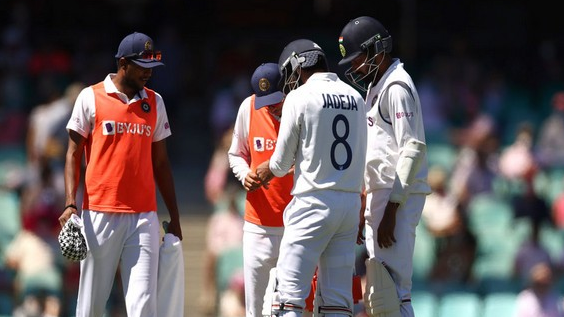
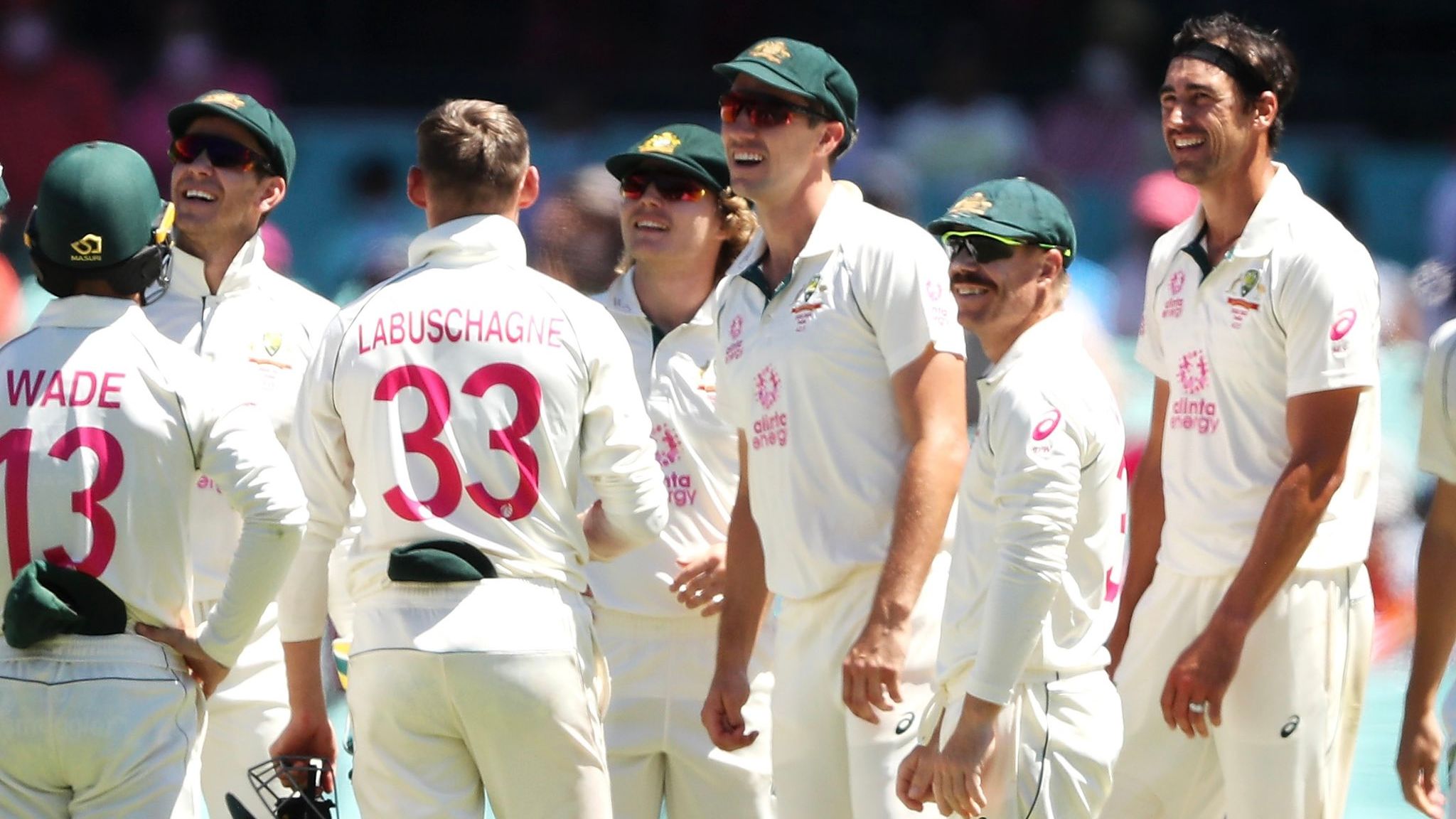
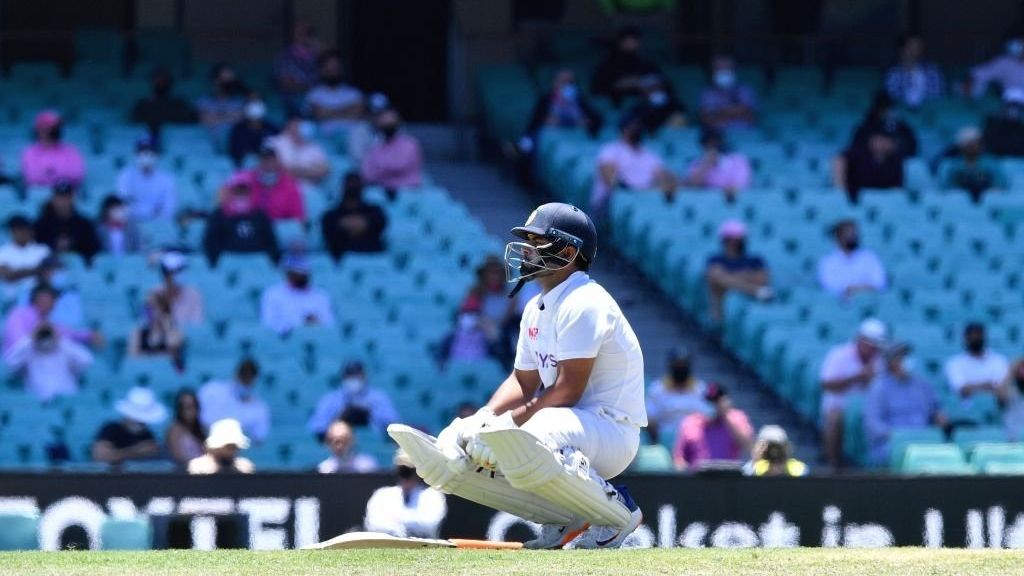
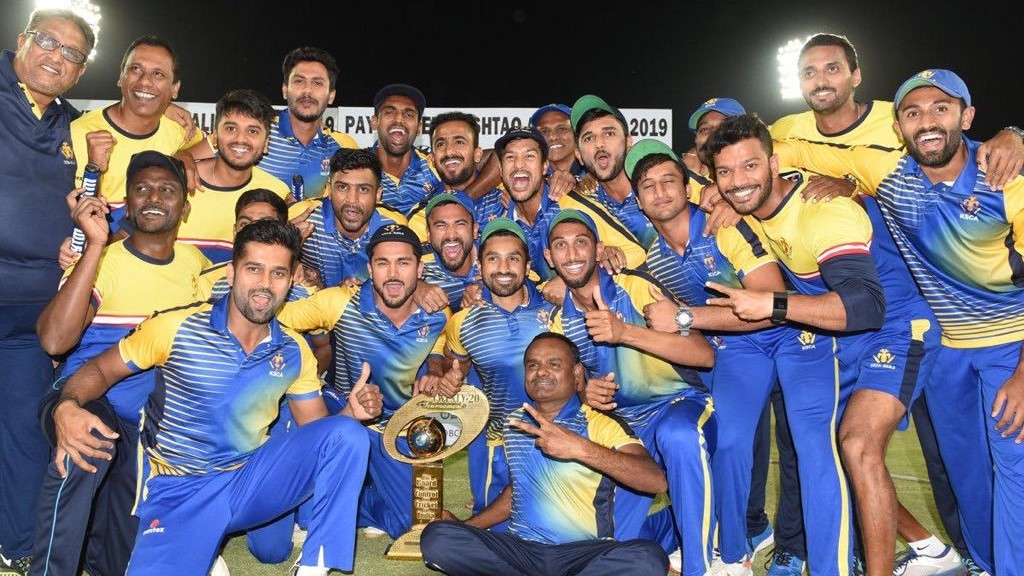
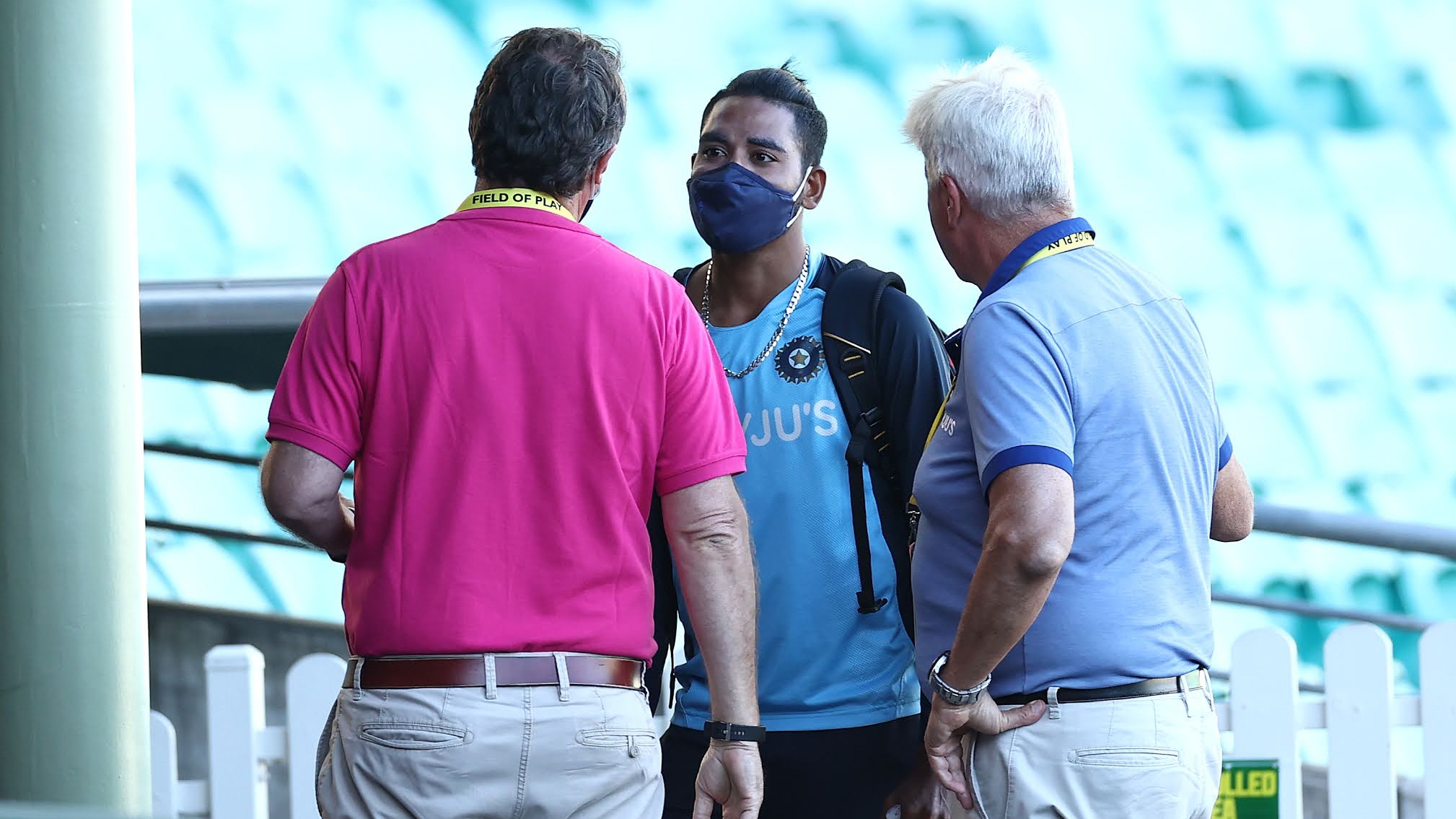
)
